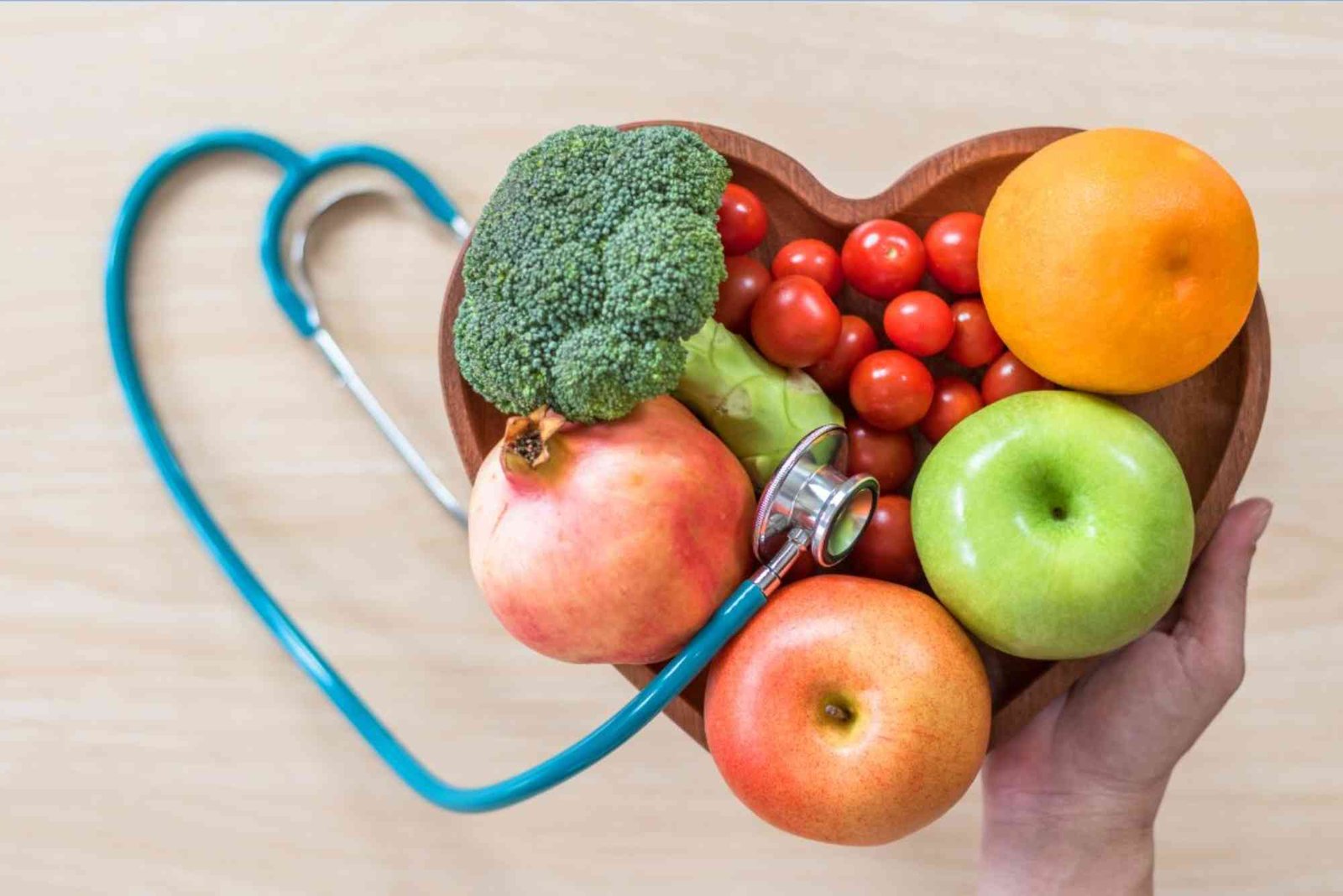Introduction
Chicken breast is one of the most versatile and popular proteins in the world. Known for its lean texture, high protein content, and mild flavor, it serves as a foundation for countless dishes—from healthy meal preps to gourmet creations. However, while chicken breast is nutritious, it requires careful handling and cooking to ensure food safety and flavor. In this comprehensive guide, we’ll explore Chicken Breast Recipes — Safe Practice & Recommendations, including expert cooking methods, temperature guidelines, storage advice, and flavor-enhancing tips to help you prepare delicious and safe meals every time.
Understanding the Basics of Chicken Breast
Chicken breast is a cut of meat taken from the pectoral muscles of the chicken. It’s low in fat, rich in protein, and an excellent source of essential nutrients such as niacin, vitamin B6, and selenium. Because of its low fat content, it’s ideal for those who are health-conscious or following high-protein diets. However, due to its lean nature, it can easily become dry or tough if not cooked correctly.
When discussing Chicken Breast Recipes — Safe Practice & Recommendations, it’s crucial to start with food safety. Raw poultry can harbor bacteria such as Salmonella and Campylobacter, which can lead to foodborne illness if not properly handled or cooked. Therefore, practicing safe food preparation is just as important as perfecting the flavor.
Safe Handling and Preparation of Chicken Breast
Washing and Cleaning Practices
Contrary to common belief, washing raw chicken is not recommended. Rinsing chicken under water can spread bacteria across your sink, countertops, and utensils through splashing. Instead, pat the chicken dry with paper towels and discard them immediately. Always wash your hands thoroughly with soap and warm water after handling raw poultry.
Cross-Contamination Prevention
Keep raw chicken separate from other foods—especially fruits, vegetables, and cooked items. Use dedicated cutting boards, knives, and utensils for raw poultry. After cutting chicken, sanitize surfaces and tools using hot soapy water or a disinfectant solution.
Proper Storage
Store raw chicken in a sealed container in the refrigerator at 40°F (4°C) or below and use it within one to two days. If not cooking soon, freeze it at 0°F (-18°C). When defrosting, avoid leaving it on the counter. Instead, thaw it safely in the refrigerator, under cold running water, or in the microwave if cooking immediately afterward.
Cooking Chicken Breast Safely
Internal Temperature and Doneness
The USDA recommends cooking chicken breast to an internal temperature of 165°F (74°C) to eliminate harmful bacteria. Use a food thermometer to check the temperature in the thickest part of the breast. If you’re preparing a stuffed or breaded recipe, ensure the filling or coating also reaches the same temperature.
Moisture Retention Tips
Because chicken breast is naturally lean, it’s easy to overcook. To keep it juicy:
-
Marinate the chicken for at least 30 minutes before cooking.
-
Use cooking methods like baking, poaching, or grilling with indirect heat.
-
Allow the chicken to rest for five minutes after cooking to redistribute the juices.
Common Safe Cooking Methods
-
Baking: Place seasoned chicken in an oven preheated to 375°F (190°C). Bake for 20–25 minutes, depending on thickness.
-
Grilling: Cook over medium heat for 6–8 minutes per side, ensuring it reaches the proper internal temperature.
-
Poaching: Simmer chicken breasts in broth or water for 15–20 minutes for soft, tender results.
-
Sautéing: Use a non-stick pan with a small amount of olive oil. Cook for 6–7 minutes per side on medium heat.
Each method has its unique advantages, allowing you to create diverse chicken breast recipes while maintaining safety and flavor.
Flavorful and Healthy Chicken Breast Recipes
When you think of chicken breast, you might imagine a bland diet meal, but it doesn’t have to be that way. The right blend of seasonings, cooking techniques, and sauces can transform this simple cut into a flavorful dish. For creative culinary inspiration, you can read about chicken breast recipes to explore both classic and modern ideas that align with your dietary goals.
Healthy Grilled Chicken with Herbs
Marinate boneless chicken breasts with olive oil, lemon juice, garlic, and herbs like rosemary and thyme. Grill until golden brown, and serve with steamed vegetables or quinoa for a balanced meal rich in protein and nutrients.
Creamy Mushroom Chicken
Sear chicken breasts in a skillet, then simmer in a light cream sauce with garlic, mushrooms, and spinach. This recipe combines richness with nutrition, providing a comforting meal without excessive fat.
Spicy Baked Chicken Breast
Rub the chicken with paprika, cayenne, garlic powder, and olive oil. Bake until tender for a flavorful yet healthy dinner option that’s ideal for meal prepping.
These dishes are not just delicious—they’re built around safety, flavor, and balanced nutrition.
Nutrition Recommendations for Chicken Breast
Chicken breast fits perfectly into many dietary plans, including low-carb, keto, and balanced fitness diets. A 3.5-ounce (100-gram) serving contains about 165 calories and 31 grams of protein, making it an excellent post-workout meal.
Pairing chicken with complex carbohydrates such as brown rice or sweet potatoes enhances satiety and energy levels. For fitness enthusiasts, following official guidelines like CDC Physical Activity ensures that nutrition supports your overall health goals.
Common Mistakes to Avoid
Even experienced cooks make errors when preparing chicken. Here are key mistakes to avoid when following Chicken Breast Recipes — Safe Practice & Recommendations:
-
Overcooking: This results in a dry and chewy texture. Always use a meat thermometer.
-
Skipping resting time: Let the meat rest before slicing to retain juices.
-
Incorrect thawing: Never thaw chicken at room temperature; it promotes bacterial growth.
-
Improper marination: Acidic marinades should be used briefly (under two hours) to avoid breaking down the protein structure excessively.
By avoiding these pitfalls, you’ll achieve a perfect balance of safety, texture, and flavor.
Meal Prep and Storage Recommendations
For busy individuals, chicken breast is a meal prep champion. Cook several portions at once and refrigerate or freeze for later use. Store cooked chicken in airtight containers for up to four days in the fridge or three months in the freezer. When reheating, ensure it reaches 165°F again for safety.
Meal prepping also supports consistent fitness routines and helps you avoid unhealthy takeout options. To explore supportive lifestyle topics, visit More sports & fitness articles for additional wellness and nutrition insights.
Best Pairings and Serving Suggestions
Chicken breast pairs well with numerous side dishes, offering flexibility across cuisines. Try serving it with:
-
Steamed vegetables or a fresh salad for a low-calorie option.
-
Brown rice or quinoa for balanced energy.
-
Whole-grain pasta or couscous for fiber and texture variety.
-
Roasted sweet potatoes for natural sweetness and nutrients.
These combinations enhance both flavor and nutrition while maintaining safe eating habits.
Expert Recommendations for Perfect Results
Professional chefs recommend brining chicken before cooking for added juiciness. A simple brine solution—salt, sugar, and water—helps retain moisture. Another tip is to pound chicken breasts to an even thickness before cooking to ensure uniform doneness.
When experimenting with recipes, aim to keep seasoning simple but balanced. Using ingredients like garlic, herbs, citrus, or yogurt-based marinades adds flavor while maintaining healthiness.
(FAQs)
How do I know if my chicken breast is cooked safely?
Use a digital meat thermometer. The internal temperature should reach 165°F (74°C). The juices should run clear, and the meat should no longer be pink.
Can I freeze cooked chicken breast?
Yes, cooked chicken can be safely frozen for up to three months in airtight containers. Thaw it in the refrigerator before reheating.
Is it safe to marinate chicken overnight?
Yes, but no longer than 24 hours. Over-marinating, especially with acidic ingredients like vinegar or lemon, can make the texture mushy.
What’s the healthiest way to cook chicken breast?
Grilling, baking, and poaching are among the healthiest methods because they require minimal oil and preserve nutrients.
How can I prevent chicken breast from drying out?
Avoid overcooking and let the meat rest for a few minutes before slicing. You can also use marinades or brines for added moisture.
Chicken breast is a nutritious, adaptable, and satisfying protein choice, but only when handled with care and cooked safely. By applying the techniques shared in this guide, you can enjoy flavorful meals without compromising safety. Follow these Chicken Breast Recipes — Safe Practice & Recommendations to master perfect cooking every time—whether for family dinners, fitness meals, or gourmet creations.
If you’re ready to elevate your cooking and explore new ideas, read about chicken breast recipes for inspiration, or visit More sports & fitness articles for tips on maintaining a healthy, active lifestyle. Combining safe practices with creative cooking will ensure every bite is both delicious and wholesome.










